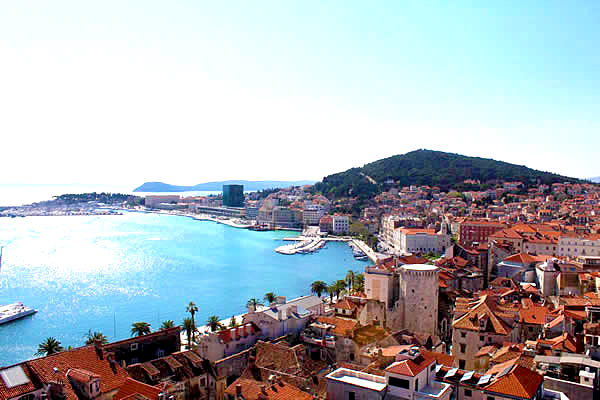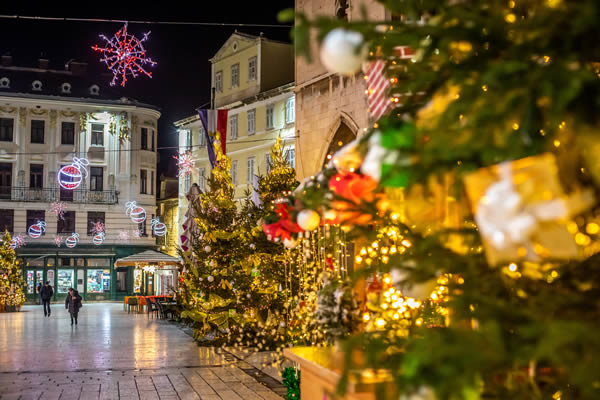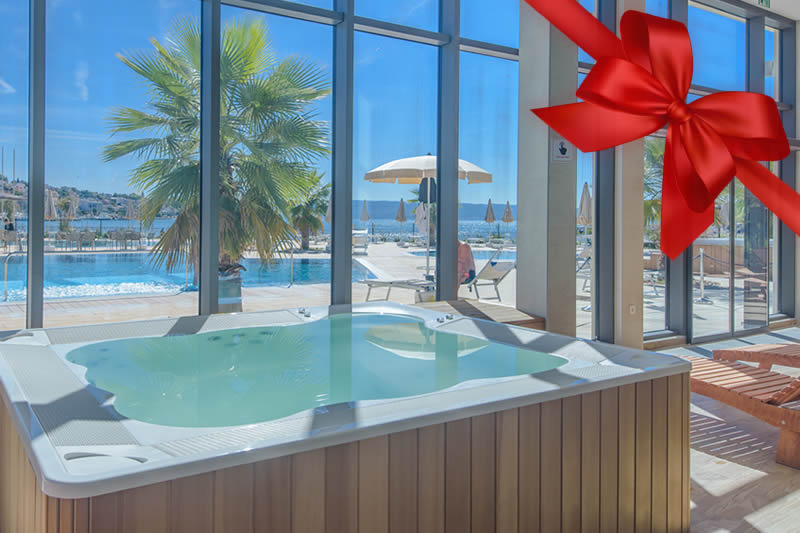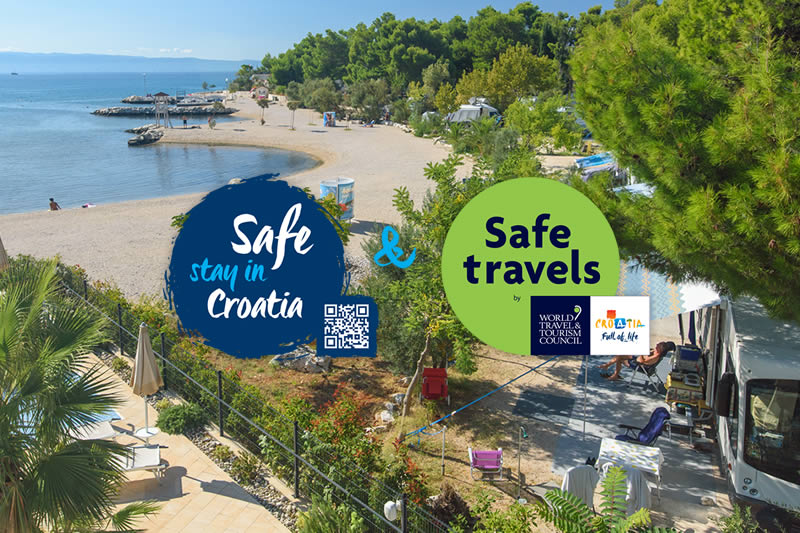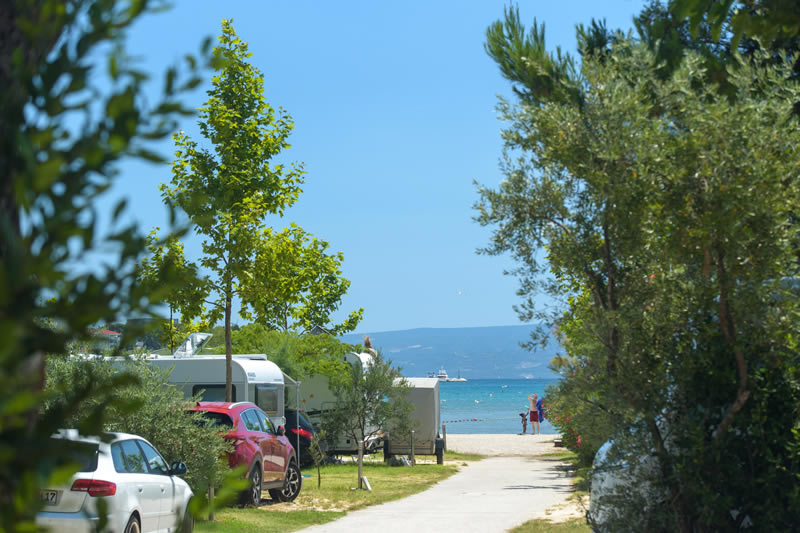Top 5 attractions you must see in Split
Don't visit Split without seeing top 5 attractions
4. February. 2024 Split / Attractions / Things to do
Ok, let's say there are only 5 top attractions in Split. If you have the time, Split offers a lot more, but these are must see attractions that you shouldn't miss. No matter when you plan to visit Split, this 5 attractions will make your staying unforgettable.
There is one more reason why you don't have an excuse for not visiting Split and discovering its beauties. All of these attractions are open through the whole year, so take your camera and have great fun discovering Split.
Diocletian's palace
Diocletian's Palace ("Dioklecijanova palača") is an ancient palace built by the Roman emperor Diocletian at the turn of the fourth century AD, that today forms the center of the city of Split. Diocletian built the palace to use it as the retirement residence. Half of it was for Diocletian's personal use, and the rest housed the military garrison.
Golden Gate
The Northern Gate, or Golden Gate ("Zlatna vrata"), was the main entrance to the Palace in the 4th century A.D. The most glorious of all the four entrances, It was large enough to admit a horse drawn carriage. Tight controls at this entrance were on twin, octagonal shaped towers on either side of its entrance.
Cathedral of St. Duje
The Cathedral of Saint Domnius ("Katedrala Svetog Duje") is the one the most beautiful Catholic cathedrals in Croatia. The Cathedral of St. Duje is a complex of a church, formed from an Imperial Roman mausoleum, with a bell tower; strictly the church is dedicated to the Virgin Mary, and the bell tower to Saint Duje. Together they form the Cathedral of St. Duje. The Cathedral of Saint Domnius, consecrated at the turn of the 7th century AD, is regarded as the oldest Catholic cathedral in the world that remains in use in its original structure, without near-complete renovation at a later date. The structure itself, built in AD 305 as the Mausoleum of Diocletian, is the second oldest structure used by any Christian Cathedral.
Peristyle
Peristyle ("Peristil") is in the central square of the Diocletian's Palace. The red colour of the granite columns emphasises the ceremonial function. Namely, ever since the Emperor Diocletian the colour purple became the imperial colour. With the construction of a new city square with the town hall (Pjaca) in the 13th/14th century, Peristyle became a religious centre. Today it boarders from the West with Palaces of Split noble families Grisogono, Cipci and Skočibušić, as they lean on its authentic columns and arches. With their Renaissance and Gothic architecture they themselves became monuments. Peristyle became the ideal scenery for opera classics and works of ancient literature, but also the stage where urban life continues. Drinking your coffee on the steps circling Peristyle is a unique experience which will make your staying in Split unforgettable
Gregory of Nin
Gregory of Nin ("Grgur Ninski") was a medieval Croatian bishop of Nin who strongly opposed the Pope and official circles of the Church and introduced the national language in the religious services after the Great Assembly in 926, according to traditional Croatian historiography. Until that time, services were held only in Latin, not being understandable to the majority of the population. Not only was this important for Croatian language and culture but it also made Christianity stronger within the Croatian kingdom.
So to take it short. Visit Split and don't miss:
- Diocletian's palace & basements
- Golden Gate
- Cathedral of St. Duje
- Peristyle
- Gregory of Nin
Hope you have a great time in the most beautiful town in the world :)

